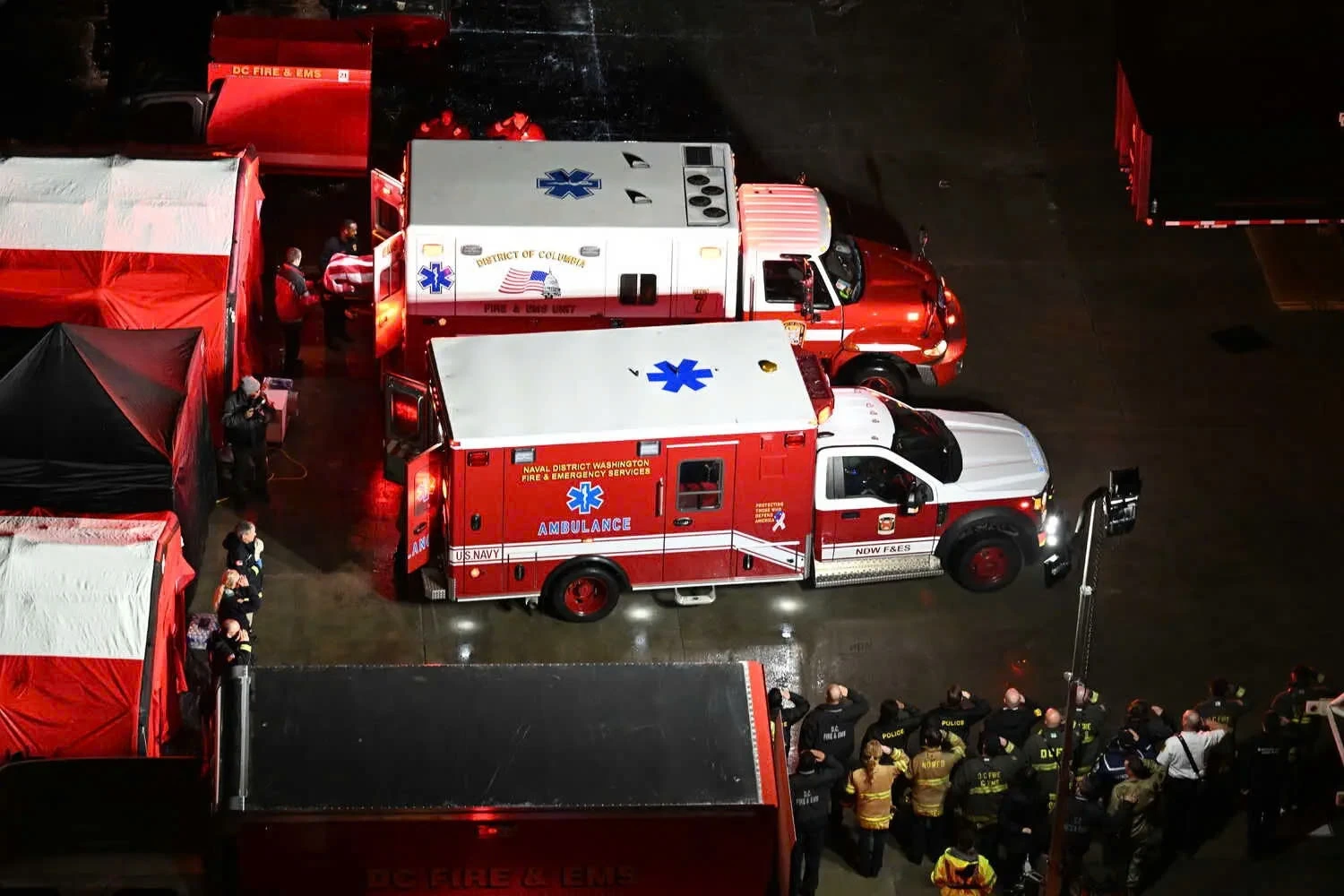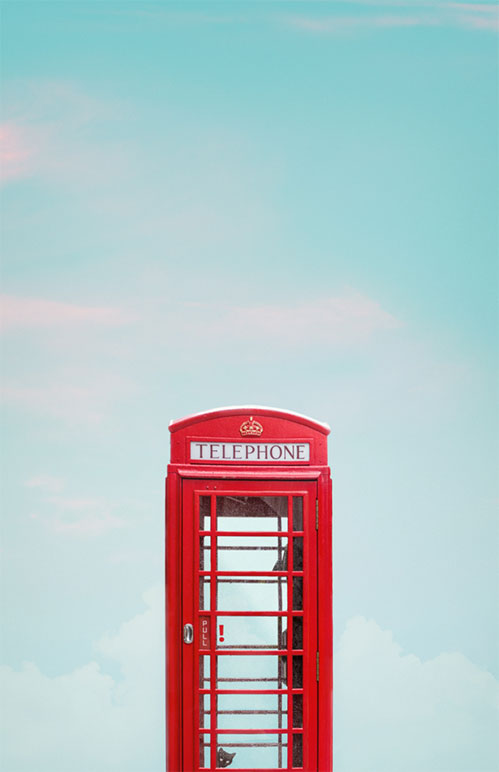
At Reagan National Airport, Hamaad Raza received a final text from his wife: “The flight will land in about 20 minutes.” That would be the last message he ever received from her.
Earlier that evening, as American Eagle Flight 5342 prepared for takeoff from Wichita, Kansas, figure skater Spencer Lane snapped a photo from his window seat. The image captured the wing of the aircraft stretching toward the horizon, against a gray-blue sky shrouded in an eerie sunset glow.
The young skater, who had just attended the U.S. Figure Skating Championships, posted the image on Instagram Story, captioning it “ICT->DCA”—referencing the airport codes for Wichita (ICT) and Washington, D.C. (DCA).
Onboard were 60 passengers and four crew members, including athletes, coaches, and families returning from the skating competition.
The 2-hour, 35-minute flight was set to land at one of the most complex and congested runways in the U.S.—Runway 33 at Reagan National Airport, just south of Washington’s marble monuments.
A Night of Horror
But tragedy struck.
At 8:48 PM, as the nearly full Bombardier CRJ700 jet was on final approach, it collided midair with a U.S. Army Black Hawk helicopter conducting a routine training flight with three crew members onboard.
The sky erupted in a fireball, followed by a trail of smoke and burning debris plummeting toward the icy Potomac River.
No one survived.
The victims represented a cross-section of everyday American travelers—a biology professor, military personnel, veteran pilots and flight attendants, union workers returning from a hunting trip, a lawyer, young business partners, and rising figure skaters with their families and coaches.
Timothy Lilley, father of First Officer Sam Lilley, struggled to come to terms with his son’s fate.
"I flew helicopters in the Army for 20 years. My son shared my love of flying," Lilley told Fox 5 Atlanta. "Now, I have to live with the reality that my son died because of my own brothers in arms."
A Final Text Before Impact
At Reagan National Airport, Hamaad Raza received the last message from his wife:
"The flight will land in about 20 minutes."
Hours later, he showed the text to a WUSA reporter, struggling to comprehend the loss.
As Flight 5342 descended just a few miles south of the White House, the UH-60 Black Hawk was flying low along “Route 4”, a designated corridor for law enforcement, emergency, and military helicopters.
This restricted flight path requires helicopters to remain below 200 feet (60 meters) above sea level. However, New York Times sources suggest the Black Hawk may have deviated from its authorized route, flying higher than expected and at least 2,600 feet (800 meters) away from its designated airspace.
The three soldiers on board—members of the Bravo Company, 12th Aviation Battalion, based at Fort Belvoir, Virginia—were experienced pilots, accustomed to navigating Washington’s heavily restricted airspace.
According to a senior Army official, both Black Hawk pilots had at least 1,500 flight hours, an impressive total given that their average training missions lasted only two hours each.
Meanwhile, the two pilots aboard Flight 5342 were also seasoned professionals. PSA Airlines, a subsidiary of American Airlines, confirmed that the captain had been with the company for nearly six years, while First Officer Lilley had almost two years of experience.
Moments Before the Collision
At 8:43 PM, air traffic control at Reagan National contacted the passenger jet.
"Can you take Runway 33?" the controller asked, directing them to the shorter, intersecting runway instead of the busier main landing strip.
"Yes, we can take 33," the pilot responded.
"Confirmed. Runway 33. You are cleared to land."
Meanwhile, Black Hawk’s crew was conducting a routine nighttime training mission for "government continuity operations." These missions are designed to evacuate top government officials in case of a national emergency.
A Fatal Miscommunication
As the Black Hawk passed over the Lincoln Memorial and Tidal Basin, its crew wore night vision goggles to navigate in the darkness.
Then, at 8:47 PM, a Reagan air traffic controller radioed the helicopter crew.
"PAT25, do you see the CRJ?" the controller asked, using the military callsign for the Black Hawk.
"PAT25, stay behind the CRJ."
The response was silence.
Then, a massive explosion.
The red-orange fireball illuminated the Potomac, and debris rained down on the water.
An air traffic controller watching the scene gasped in disbelief.
"I don’t know if you saw what just happened, but we just had a collision at the final approach for 33," he radioed another aircraft.
"Operations are suspended indefinitely. Please check with your airline and let us know what you want to do."
Another pilot, witnessing the crash, responded:
"Yes, we were on final approach. We saw the bright light over the Potomac."
Rescue Crews Arrive
Within minutes, fireboats and emergency divers raced to the crash site.
David Hoagland, leader of D.C. Fire Department’s Unit 36, was awaiting a routine emergency landing report when he got a different message.
"Boom! Boom! Boom!"
The explosion echoed over the Potomac, shaking the riverbank.
D.C. rescue teams arrived to find wreckage submerged in the shallow waters, with passengers still strapped into their seats. Sharp debris tore through divers’ suits, complicating rescue efforts.
The airplane’s fuselage was found in three large sections, with one wing partially submerged and the main cabin twisted beyond recognition.
The Black Hawk’s wreckage was also recovered, with Gravelly Point Park—a popular plane-spotting location—converted into a temporary morgue.
As of February 1, at least 41 bodies had been recovered, including 28 identified victims.
Rescue teams warned that cold temperatures and poor visibility were slowing search efforts.
A Nation in Mourning
As investigators continue their probe, families of the victims are left with shattered dreams and unanswered questions.
For Hamaad Raza, all that remains is a single message from his wife:
"The flight will land in about 20 minutes."
Hello Shuttle will strive to bring the latest updates. At the end of the day.
Are you looking for reliable airport and cruise port transfer services in Los Angeles?
We offer professional, safe, and punctual transportation from
Los Angeles Airport - LAX
Long Beach Airport - LGB
John Wayne Airport - SNA
San Pedro cruise port
Long Beach cruise port
Disneyland
and other destinations.
Let us make your journey stress-free and comfortable with our dedicated drivers and high-quality vehicles. Book now for the perfect travel experience at www.helloshuttle.com or call 944-800-5678!


